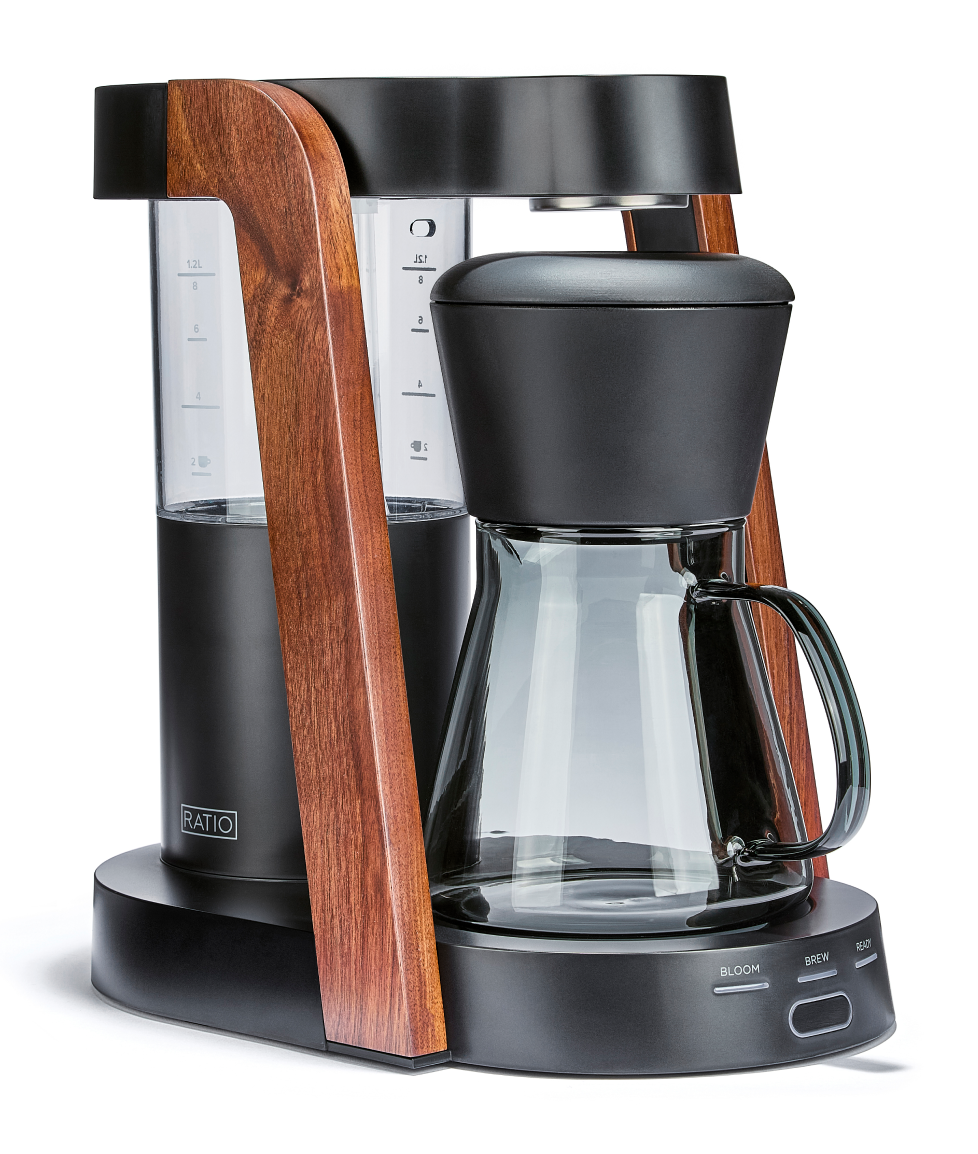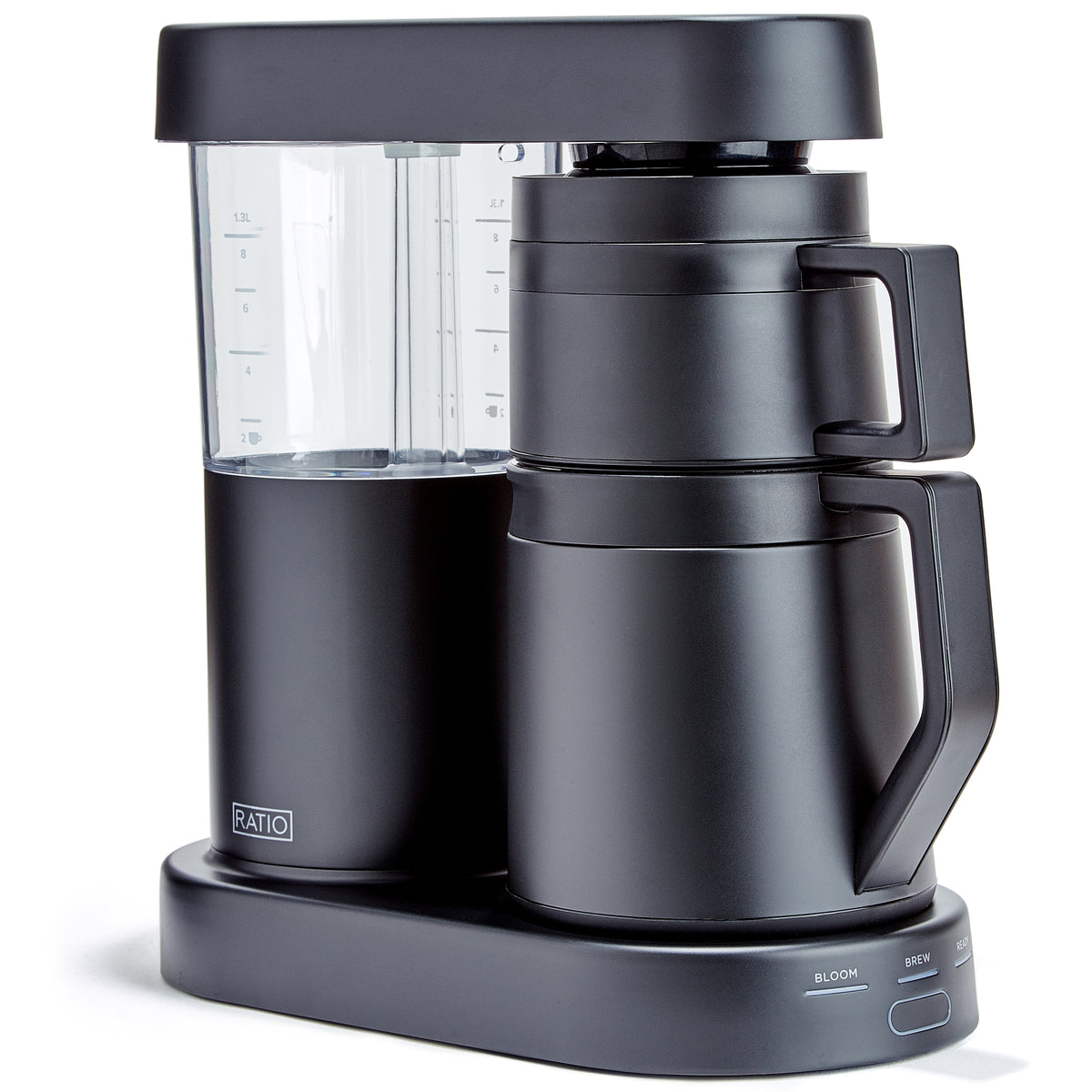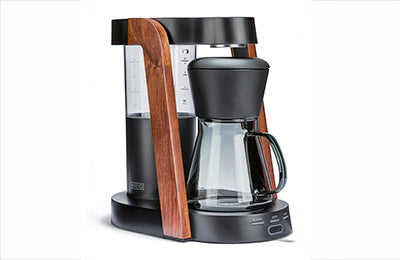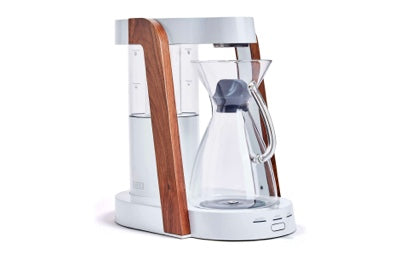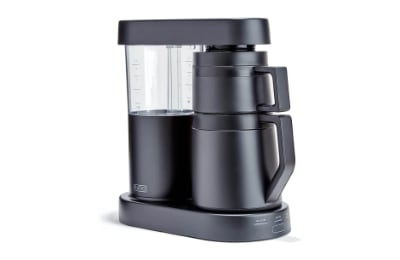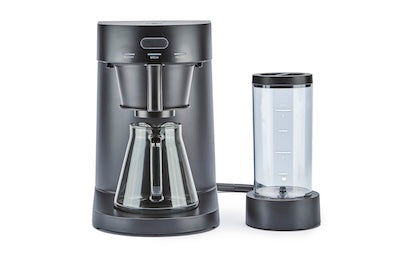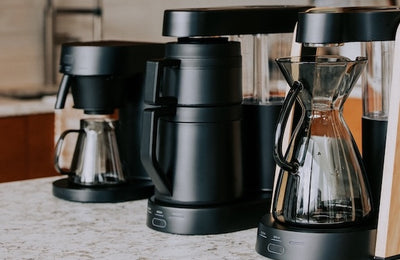Beginner’s Guide to Home Coffee Essentials and Accessories
Coffee is more than just a beverage; it’s an experience that many cherish daily. As coffee enthusiasts, understanding the essentials and accessories for brewing at home can significantly enhance that experience. This guide aims to equip you with the knowledge needed to elevate your home coffee setup, ensuring each cup is crafted to perfection. Whether you are a novice or looking to refine your brewing methods, this guide covers everything you need to know, including a comparison of manual and automated coffee brewing methods.
Understanding Home Coffee Essentials
Home coffee essentials encompass everything you need for brewing quality coffee. This includes the brewing equipment, the coffee itself, and the accessories that support the entire process. Here are the key components to consider:
Coffee Beans
The foundation of any great cup of coffee starts with quality beans. When selecting coffee beans, consider the following:
-
Origin: Different regions produce distinct flavor profiles. For instance, Ethiopian beans are often fruity, while Colombian beans tend to have a nutty flavor.
-
Roast Level: Coffee can be light, medium, or dark roasted. Light roasts retain more of the bean's original flavor, while dark roasts have a bolder taste.
-
Freshness: Always opt for freshly roasted beans. Coffee begins to lose its flavor shortly after roasting. Look for local roasters or specialty shops that sell fresh beans.
Brewing Equipment
The right equipment is essential for brewing the perfect cup of coffee at home. Here are the most common options:
-
Coffee Makers: Options range from drip coffee makers to single-serve machines. Choose one based on your brewing habits and preferences.
-
Grinders: A good grinder is crucial for achieving the right grind size. Burr grinders are preferred over blade grinders for their consistency.
-
Kettles: A quality kettle, especially a gooseneck kettle, allows for precise pouring, which is vital for methods like pour-over brewing.
Accessories
Accessories can enhance the brewing process and the overall coffee experience. Consider adding the following to your home coffee setup:
-
Scale: For precise measurements of coffee and water, a digital scale ensures consistency in your brewing process.
-
Filters: If you are using a pour-over or drip coffee maker, high-quality filters can impact the clarity and taste of your coffee.
-
Thermometers: Ensuring water is at the right temperature is essential for optimal extraction. A thermometer can help achieve this.
Comparing Manual vs. Automated Coffee Brewing Methods
When it comes to brewing coffee at home, understanding the differences between manual and automated methods can help you choose the right approach. Each method has its unique characteristics and advantages.
Manual Brewing Methods
Manual brewing methods require more involvement from the user but often yield a more nuanced flavor profile. Here are some popular manual methods:
-
Pour-Over: This method involves pouring hot water over coffee grounds in a filter. It allows for precise control over the brewing process, including water temperature and pouring technique. Popular pour-over devices include the Chemex.
-
French Press: The French press is known for producing a rich and full-bodied coffee. Coarse coffee grounds are steeped in hot water before being pressed down with a plunger.
-
Aeropress: This versatile method combines aspects of both French press and espresso brewing. It is portable and can make single servings quickly.
Automated Brewing Methods
Automated coffee makers offer convenience and consistency. Here are some common automated options:
-
Drip Coffee Makers: These machines brew coffee by dripping hot water over coffee grounds. They are great for making multiple cups at once and often come with programmable features.
-
Single-Serve Machines: Devices like Keurig allow for quick brewing of single cups using pre-packaged coffee pods. They are convenient but can lack the depth of flavor compared to manual methods.
-
Espresso Machines: These machines automate the espresso-making process, offering the ability to make a variety of coffee drinks. While they can be expensive, they are ideal for coffee enthusiasts who enjoy espresso-based beverages.
Pros and Cons of Each Method
Understanding the advantages and disadvantages of manual and automated methods can help you make an informed decision.
Manual Brewing Pros and Cons
-
Pros:
-
Greater control over the brewing process
-
Often results in more flavorful coffee
-
Can be a rewarding ritual
-
-
Cons:
-
Requires more time and effort
-
May have a steeper learning curve for beginners
-
Automated Brewing Pros and Cons
-
Pros:
-
Convenient and quick
-
Consistent results with less effort
-
Ideal for busy mornings
-
-
Cons:
-
Limited control over brewing variables
-
May produce less nuanced flavors compared to manual methods
-
Selecting the Right Coffee Equipment
Choosing the right equipment for your home coffee setup can be overwhelming. Here are some key considerations to guide your selection process:
Budget Considerations
Coffee equipment can range from budget-friendly to high-end. Determine how much you are willing to invest in your home coffee setup. Here are some price ranges:
-
Entry-Level: Basic drip coffee makers and manual brewing devices can start as low as $20.
-
Mid-Range: Quality burr grinders and pour-over setups typically range from $50 to $200.
-
High-End: Espresso machines and advanced automated coffee makers can cost upwards of $500.
Space and Design
Consider the space available in your kitchen for your coffee setup. If you have limited counter space, opt for compact devices. Additionally, choose equipment that matches your kitchen's aesthetic. Many brands offer stylish options that blend seamlessly into modern kitchens.
Ease of Use and Maintenance
Select equipment that fits your lifestyle. If you prefer convenience, automated machines may be the best choice. However, if you enjoy the art of coffee brewing, manual methods might be more satisfying. Also, consider how easy the equipment is to clean and maintain.
Common Mistakes to Avoid in Home Coffee Brewing
Brewing coffee at home can be a rewarding experience, but several common mistakes can hinder the quality of your brew. Here are some pitfalls to avoid:
Using Stale Coffee Beans
Freshness is key to great coffee. Avoid using pre-ground coffee or beans that have been sitting for weeks. Purchase small quantities of whole beans and grind them just before brewing for the best flavor.
Incorrect Grind Size
Different brewing methods require different grind sizes. Using the wrong grind can lead to over-extraction or under-extraction, resulting in bitter or weak coffee. Familiarize yourself with the appropriate grind size for your chosen brewing method.
Ignoring Water Quality
Water quality plays a significant role in coffee flavor. Always use filtered or bottled water if your tap water has a strong taste or odor. Aim for water with a balanced mineral content for optimal extraction.
Not Measuring Ingredients
Precision in measuring coffee and water is essential for consistency. Use a scale to measure your coffee and water accurately. A general rule of thumb is to use one to two tablespoons of coffee for every six ounces of water, but personal preference may vary.
The Intersection of Home Coffee and Ratio Coffee
With Ratio Coffee, you can achieve consistent results while enjoying the process of brewing at home. Whether you prefer a manual pour-over or an automated solution, Ratio Coffee's devices are designed with precision and style in mind.
For those who are passionate about coffee and value both quality and design, we provides the tools to craft exceptional cups of coffee in the comfort of your home. If you're ready to elevate your coffee experience, visit our website or contact us for more information on how Ratio Coffee can enhance your home coffee setup.
 Ratio Eight S2
Ratio Eight S2
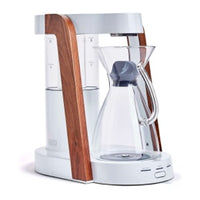 Ratio Eight Original
Ratio Eight Original
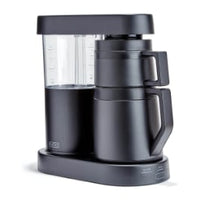 Ratio Six
Ratio Six
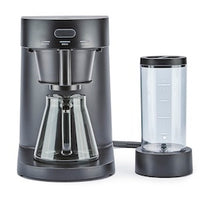 Ratio Four
Ratio Four
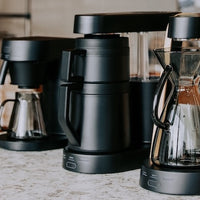 Compare Machines
Compare Machines
